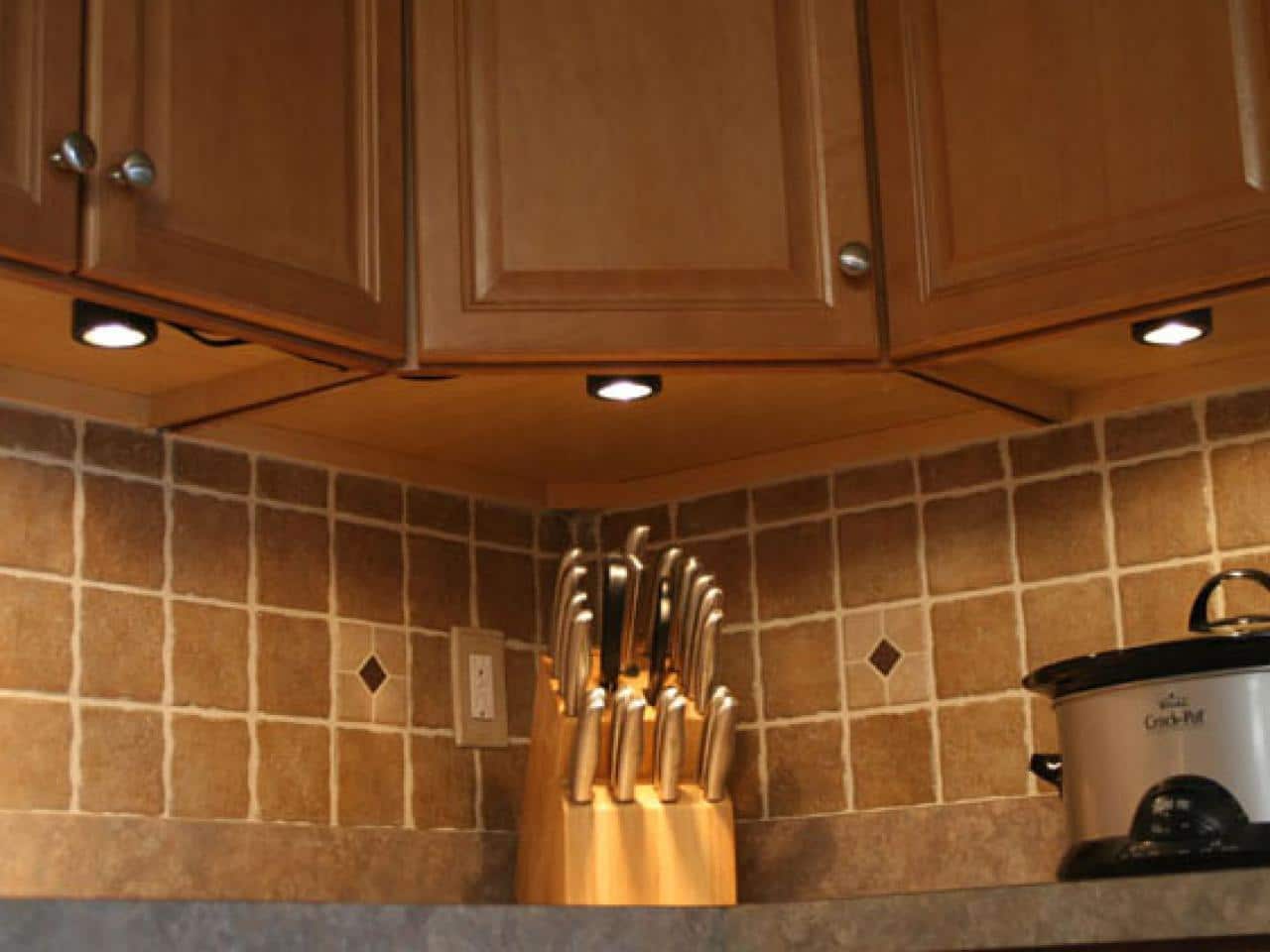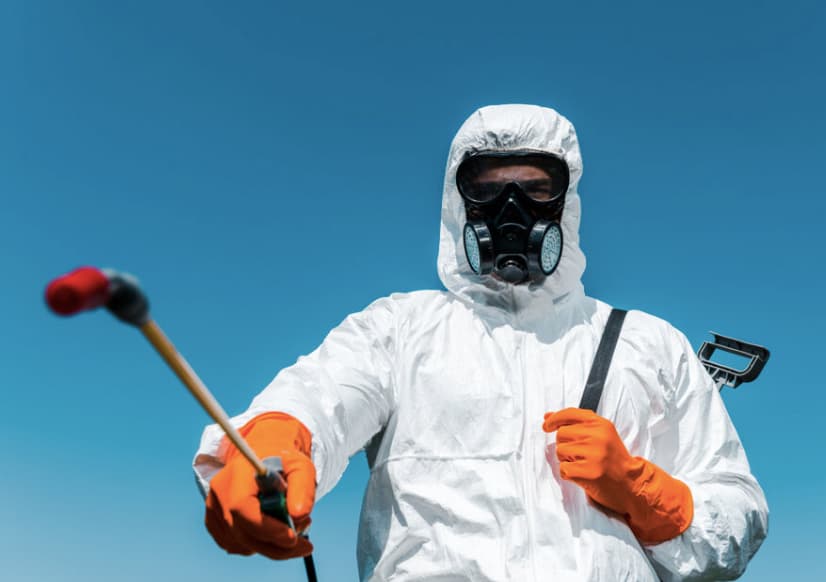Investing in structural monitoring is a good idea if your building is in an area with heavy snowfall. It’s one of the most effective ways to ensure the safety and integrity of your structure.
Structural health monitoring (SHM) is collecting, processing, and evaluating measurement data to detect structural changes, damage, and critical stress levels at an early stage. This helps to increase a structure’s functional capability, safety, and smooth operation while reducing technological and financial outlay.
Emergency Response
During snow storms, citizens must take steps to prepare for the possibility of severe weather conditions. This includes stocking up on food, water, and other essentials and ensuring their homes have adequate insulation and weatherproofing.
They should also have an emergency plan to prepare for the unexpected. This plan should include a list of things to do if the power goes out and the roads become icy or snowy.
In addition, structural monitoring building systems can help engineers monitor the condition of a structure, detect anomalies, and assess if it is safe to move forward with maintenance or repair programs. These solutions can also extend the life of a system by allowing owners and operators to execute maintenance programs better, maximize operational uptime, and avoid costly downtime in the future.
Predictive Monitoring
Predictive monitoring is a way to detect equipment problems before they become critical. It combines data collected from sensors, industrial controls, and business systems (like ERP software) to identify areas where attention should be given.
Maintenance workers can perform maintenance at the right time and before an asset fails, saving the organization money and downtime. This is also beneficial for a company’s overall efficiency and productivity.
This is why predictive monitoring is crucial to snow-proofing your building. It is a method that uses detailed data and specific algorithms to determine when a machine should be maintained.
Unlike reactive compliance monitoring approaches, predictive monitoring predicts upcoming process frictions, irregularities, and efficiency issues before they occur. This way, you can steer your processes toward achieving SLAs, reducing your risk of customer frustrations and lost revenue.
Damage Detection
Structural monitoring is an effective tool for evaluating the condition of engineering infrastructure such as bridges, buildings, tunnels, and power plants. It enables an accurate assessment of the structure’s integrity and provides an effective action plan for corrective measures.
Compared to human-based visual inspections, structural monitoring is cheaper and safer. It can detect the presence of defects and deficiencies in a structural structure before they become an emergency, saving valuable time and money.
A monitoring system based on digital accelerometers has been developed for structural health and damage identification. Its design aims at reducing the costs associated with conventional analog sensors.
The proposed system is based on a microcontroller and high-resolution digital accelerometers. It has been tested with an experimental setup, including an aluminum bar locked in a bench vice for evaluating its capability of damage identification.
Risk Assessment
Risk assessment is an essential step in snow-proofing your building. It helps identify potential risks that can cause severe injury or property damage.
It also helps determine how to control those risks. This includes determining what hazards are present, how severe they can be, and what measures must be taken to protect people.
A risk assessment should be conducted before introducing any new process or activity. It should be reviewed periodically to ensure it remains current with changes in the business environment.



